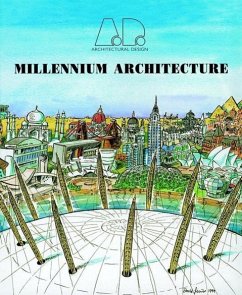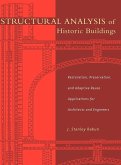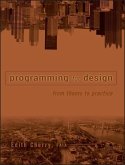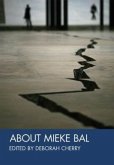Millennium Architecture: the Sacred versus the Secular The Year 2000 celebrations have forced Britain and most of the world to ask the fundamental question: who are we? The answers, debated in this issue, are both scandalous and interesting. Millennium Architecture holds the mirror up to society in light of the money pumped into the Millennium projects through the National Lottery. It shows culture to be, in spite of lip service to Christ s birth, largely secular and, in Blair s formula, too often created in focus-group enclaves. The scandal of public money supporting the Greenwich Dome and the evasion of the religious content are revealed, amid the transformations that are bringing about a Post-Christian world. In this issue of AD, virtually the only serious debate on the Millennium, the major players speak frankly. A commentary on the few outstanding projects from Britain, Australia, Germany, France and Italy is provided. The opening section on the Millennium Dome reveals the crisis of content posed when over £800 million is spent on celebration, symbolism and entertainment. Charles Jencks, Clifford Longley and David Papineau, writers and philosophers, debate the choice of themes, the Big Idea, and their presentation. Peter Murray gives the precedents - such as the 1851 Exhibition - while Simon Jenkins, a Millennium Commissioner tells how the Dome was conceived amid political indecision. Stephen Bayley, famously exiting from this affair, gives his account of focus-group culture. Claire Sampson and Martin Newman, from the Dome s production department, make the counter-case in favour of consensual design. Nigel Coates, Zaha Hadid and Eva Jiricna explain the most inventive architectural creations, the Body, Mind and Faith Zones.
Nigel Coates
Zaha Hadid
Eva Jiricna
Futures Systems
Alsop & Stormer
Nicholas Grimshaw & Partners
Michael Hopkins & Partners
Richard Meier
Rafael Moneo
Renzo Piano
AD Plus
Frederic Borel
Lot/EK
David Chipperfield
Nigel Coates
Zaha Hadid
Eva Jiricna
Futures Systems
Alsop & Stormer
Nicholas Grimshaw & Partners
Michael Hopkins & Partners
Richard Meier
Rafael Moneo
Renzo Piano
AD Plus
Frederic Borel
Lot/EK
David Chipperfield








